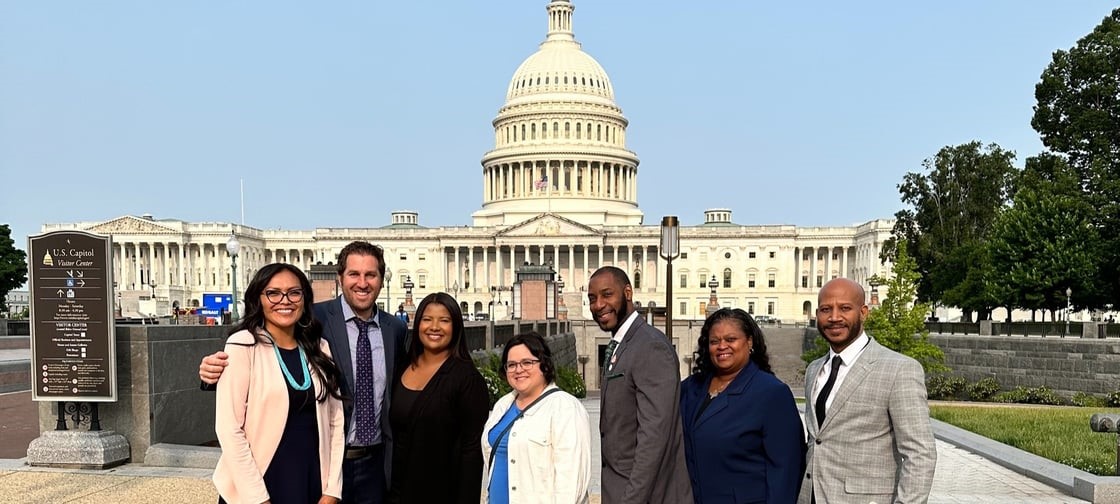Our friends at the National Association of Charter School Authorizers (NACSA) have released their 2015 analysis of state charter school policies. The report examines how each state’s charter school laws and regulations help or hinder effective authorizing, contribute to quality, and support charter school autonomy.
NACSA’s analysis is rooted in its eight core policy recommendations, which cover issues such as who can authorize charter schools and how authorizers and the schools in their portfolios are held accountable for quality. All states are reviewed and ranked, with profiles for each state highlighting improvements made over the past year and NACSA’s recommendations for further reforms. Indiana and Nevada top the state rankings, thanks to strong reforms passed in 2015. Both states—along with Connecticut and Texas—are featured in case studies of the challenges each state’s charter movement faced and how state leaders came together to deliver needed changes. As the report notes, “We already have 25 years of experience as a nation getting chartering right, so we know a lot about which policies make the most sense.” Reports such as this one—as well as the National Alliance’s annual state charter law rankings and Health of the Public Charter School Movement report—provide good benchmarks that state policymakers can use to ensure that their states are doing everything they can to promote a healthy, high-quality, and growing charter public school movement.







